Missile System
A missile is an intelligent unmanned rocket designed to carry the payload to a designated point with an aim of destroying the object/target. The missile is designed keeping in mind its target, trajectory, warhead, range, velocity and launch platform.
The major technologies/mechanisms used in a missile are:
- Propulsion system
- Guidance system
- Aerodynamic features to include air frame, wings and fins
- Terminal guidance in case of precision guided weapons
- Warhead

The propulsion system in a missile is required to achieve terminal conditions like range, speed and warhead carrying capability. The missile is propelled either by rockets or jet engines using solid or liquid fuel. Some missiles use hybrid technology for propelling it to its intended point.
The function of the guidance system is to maintain the missile in its desired flight path by using altitude control mechanism. This is done by controlling the pitch, roll and yaw of the weapon. The guidance system operates as an auto-pilot, damping out fluctuations that tend to deflect the missile from its intended flight path.
In some missiles, the guidance commands are generated internally by the missile’s computer. In others, the commands are transmitted to the weapon by some external source.
The aerodynamic features of a missile, also called controlling surfaces, are used to control the missile’s flight. The fins, wings and tail are the three major aerodynamic control surfaces used to steer the missile. The missile’s course can be altered by moving these controlling surfaces.
In case of precision weapons, the target seeker comes into picture when the missile starts detecting its target. The mechanism also works to determine the time of activating the warhead. After finding out the target, the device sends an electrical impulse to trigger the activation system. The target seeker is based either on radar or infra-red (IR) or laser devices.
The warhead of a missile is selected keeping in mind its target type. It inflicts damage on the target and hence determines the missile’s lethality. An optimum position of burst is used to achieve the desired effect on the target limits – the closer the burst to the target, the smaller the warhead needed. In other cases where the missile is required to cause destruction on hard targets, before detonation of warhead, penetration is achieved by employing a variety of technologies.






















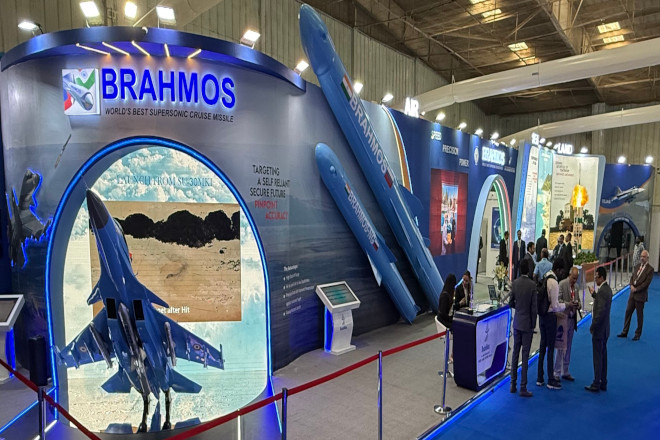
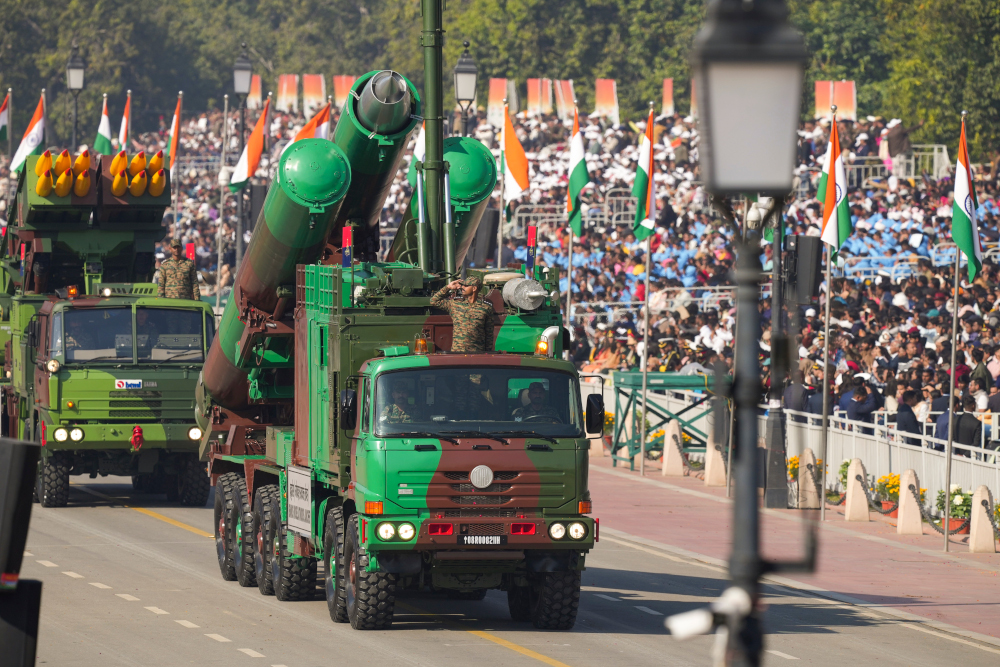
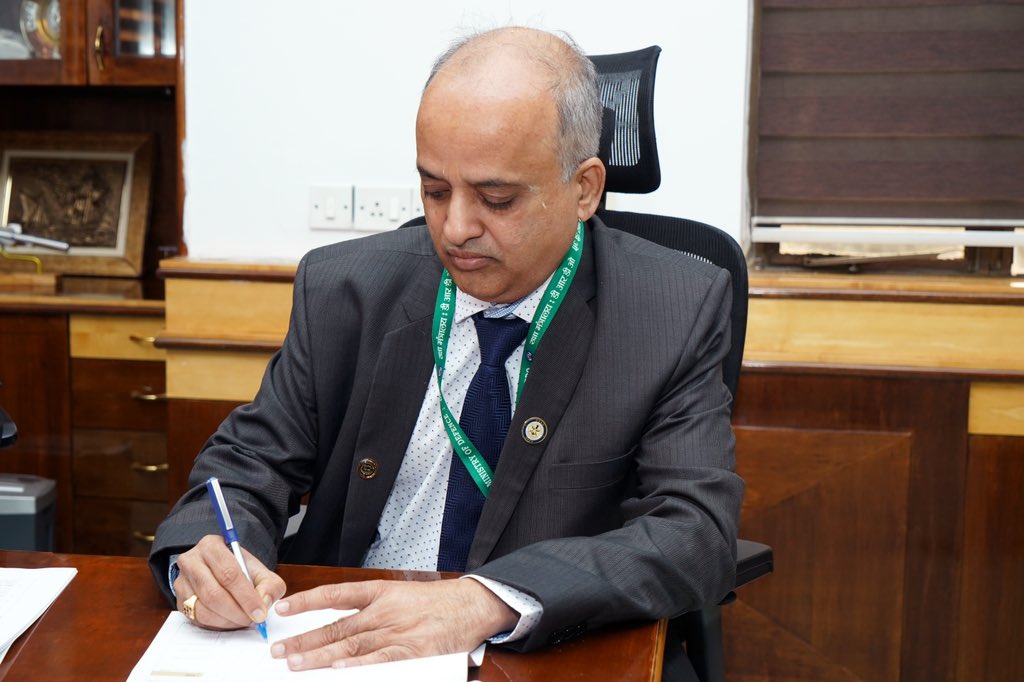
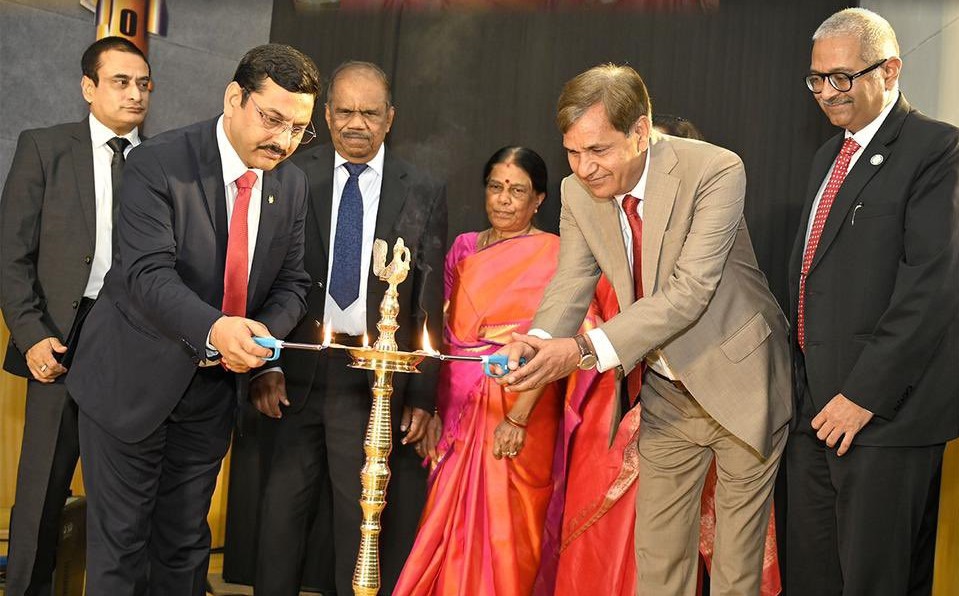
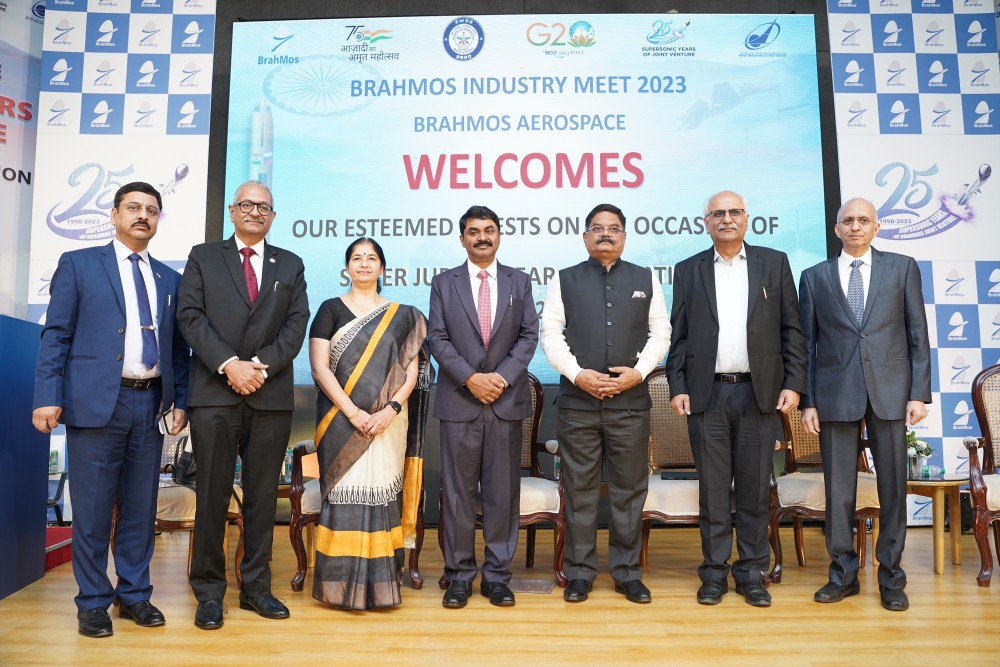
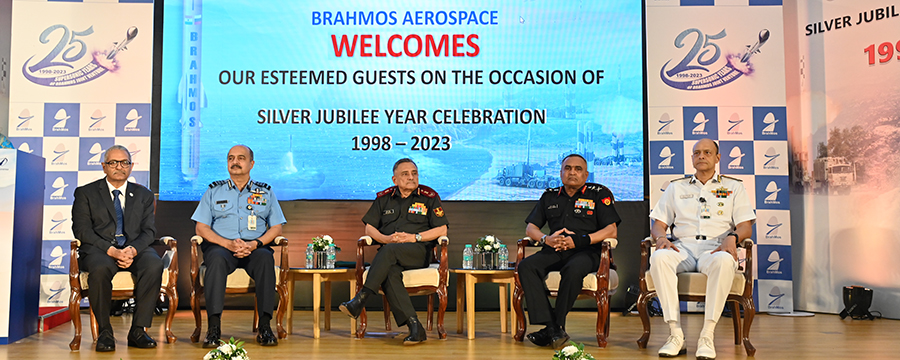
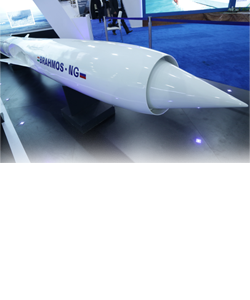
 Dr. Jaiteerth R. Joshi is an outstanding defence scientist renowned for his distinct leadership in the design, development, strategic planning & production of tactical missile systems of the country. He has led various initiatives in Joint development of Long Range Surface to Air Missile (LRSAM) & Medium Range Surface to Air Missile (MRSAM).
Dr. Jaiteerth R. Joshi is an outstanding defence scientist renowned for his distinct leadership in the design, development, strategic planning & production of tactical missile systems of the country. He has led various initiatives in Joint development of Long Range Surface to Air Missile (LRSAM) & Medium Range Surface to Air Missile (MRSAM).
